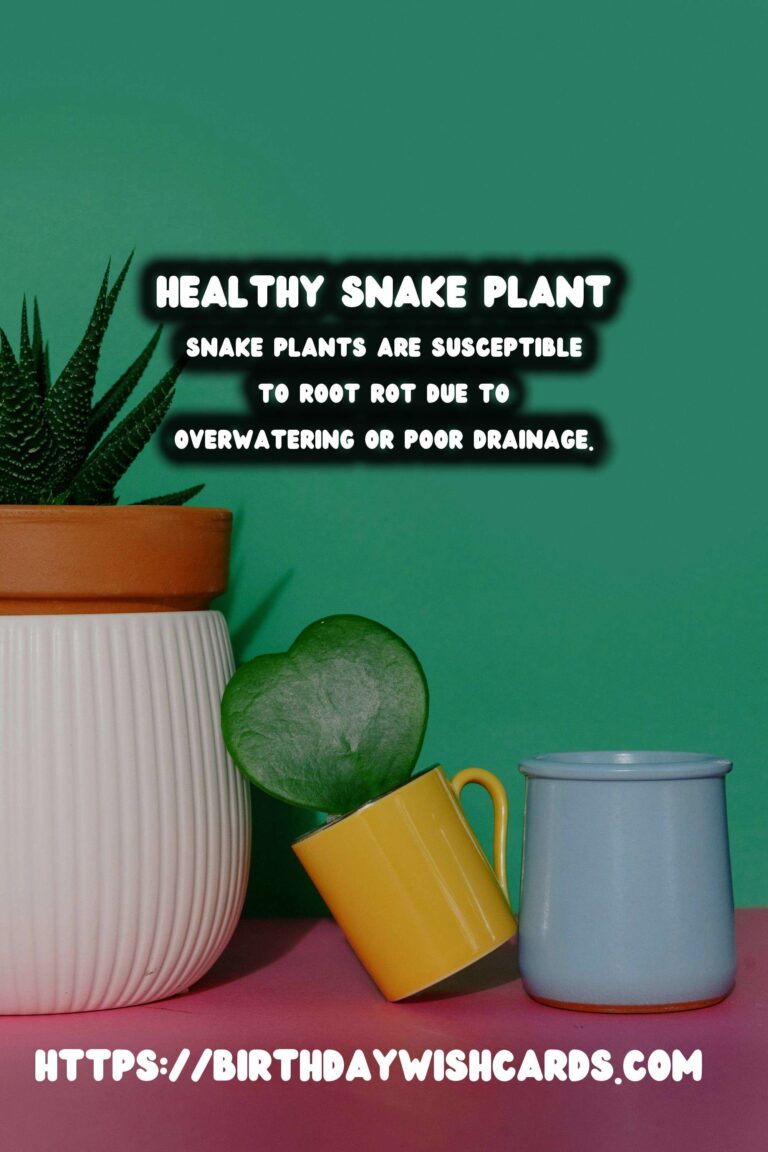
Snake plants, also known as Sansevieria, are popular indoor plants prized for their hardiness and air-purifying qualities. However, like any other plant, they are susceptible to certain issues, with root rot being one of the most common problems encountered by plant enthusiasts. Understanding how to prevent root rot is crucial to maintaining the health and vitality of your snake plant.
Understanding Snake Plants
Snake plants are native to West Africa and are known for their striking sword-like leaves. They are a favorite among indoor gardeners because they require minimal care and can thrive in a variety of lighting conditions. Despite their resilience, improper care can lead to issues such as root rot.
What is Root Rot?
Root rot is a disease that affects the roots of a plant, causing them to decay and die. It is generally caused by overwatering or poor drainage, which leads to the roots sitting in waterlogged soil. This creates an ideal environment for fungal pathogens to thrive, leading to the deterioration of the root system.
Signs of Root Rot in Snake Plants
Detecting root rot early can save your snake plant from severe damage. Common signs include yellowing leaves, a mushy or soft stem, and an unpleasant odor emanating from the soil. You may also notice the plant wilting despite having moist soil.
Preventing Root Rot
Prevention is always better than cure when it comes to root rot. Here are some tips to help you prevent this condition:
1. Proper Watering
Snake plants do not require frequent watering. Allow the soil to dry out completely between waterings. During the winter months, reduce the frequency even further as the plant’s growth slows down.
2. Well-Draining Soil
Use a well-draining potting mix specifically designed for succulents and cacti. This type of soil helps prevent water from lingering around the roots.
3. Appropriate Pot
Choose a pot with drainage holes to ensure excess water can escape. Avoid using pots that retain water, such as those without drainage or made from materials that do not allow evaporation.
4. Monitor Humidity Levels
Snake plants prefer low humidity environments. High humidity can contribute to moisture retention in the soil, making root rot more likely.
5. Regular Inspection
Regularly check your snake plant for signs of distress. Early detection of symptoms like yellowing leaves can prevent further damage.
Treating Root Rot
If your snake plant is already affected by root rot, immediate action is necessary. Remove the plant from its pot and inspect the roots. Trim away any black, mushy roots using sterilized scissors. Repot the plant in fresh, dry soil and ensure proper drainage.
Conclusion
Root rot is a preventable condition that can be avoided with proper care and attention. By following these guidelines, you can enjoy the beauty and benefits of your snake plant for years to come, without the worry of root rot.
Snake plants are susceptible to root rot due to overwatering or poor drainage. Signs of root rot include yellowing leaves, a mushy stem, and an unpleasant odor. Prevent root rot by allowing the soil to dry between waterings and using a well-draining potting mix. Treat root rot by removing affected roots and repotting in fresh soil. 
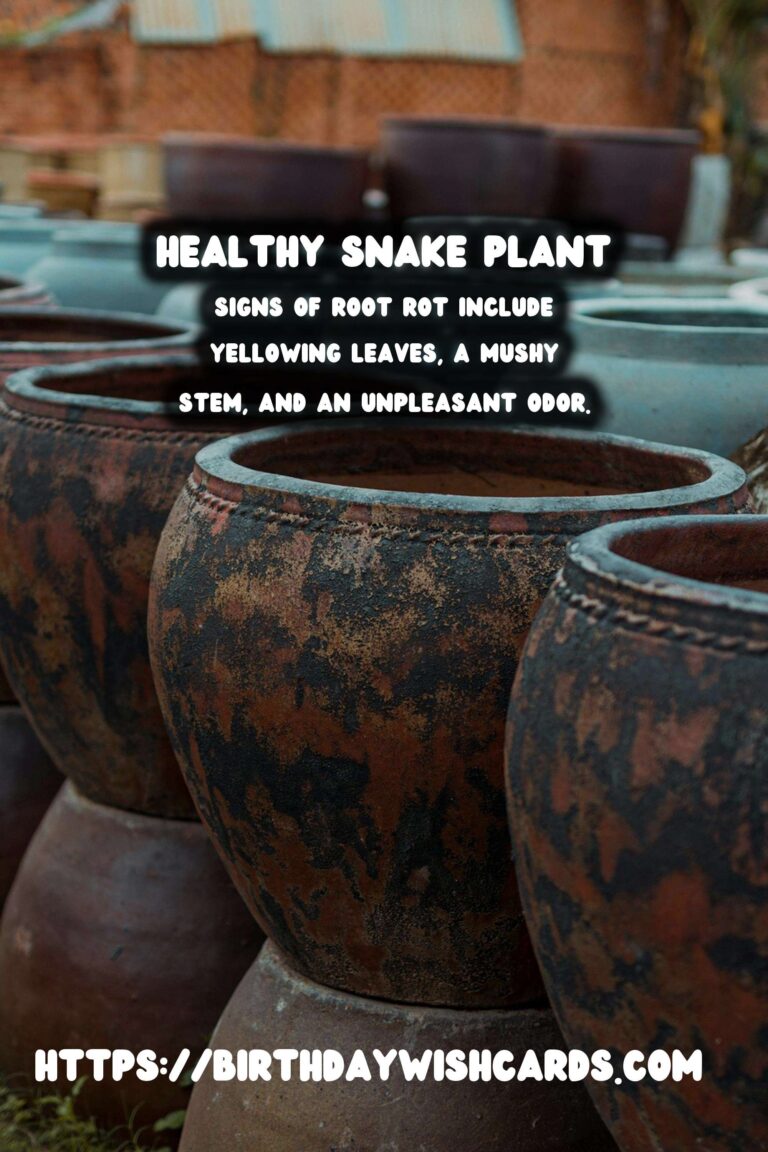
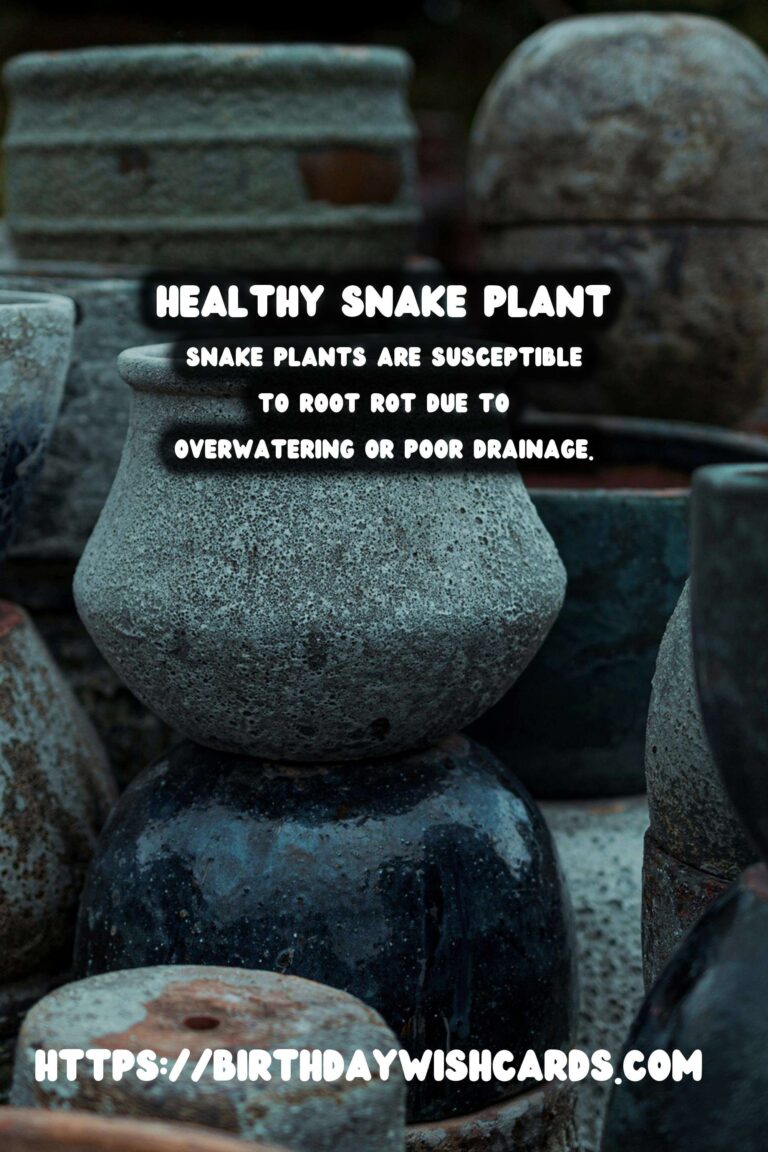

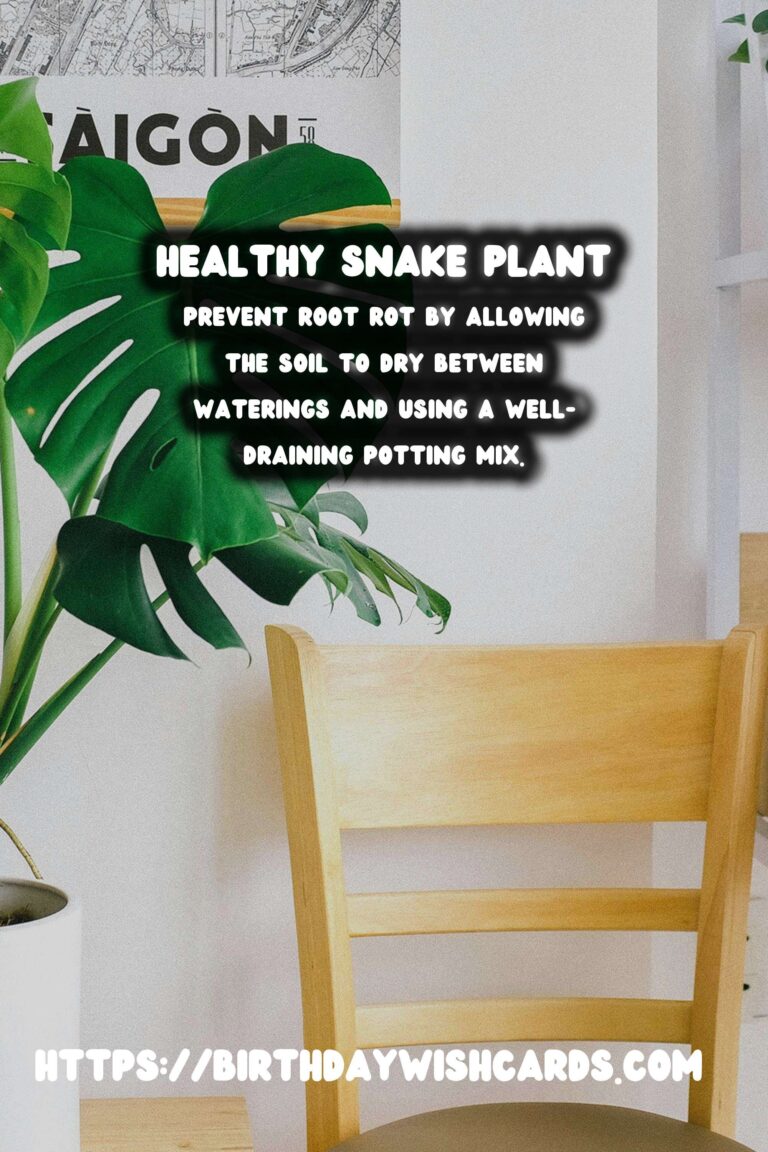

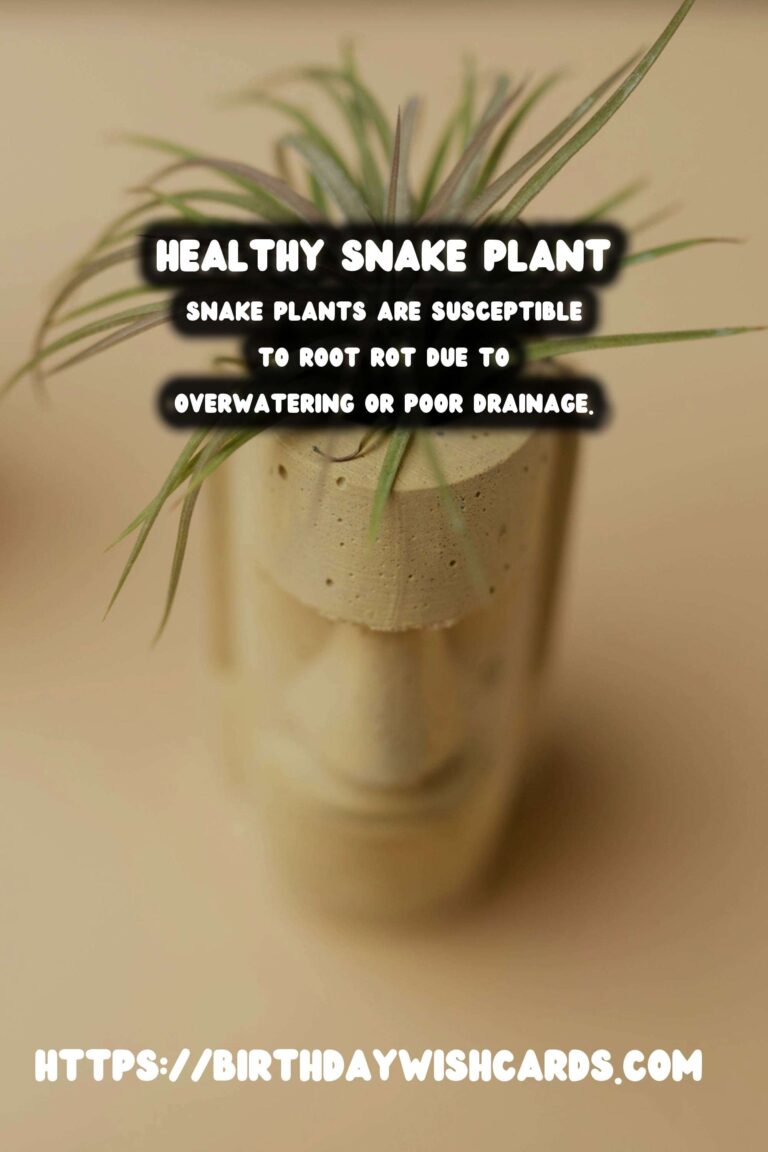
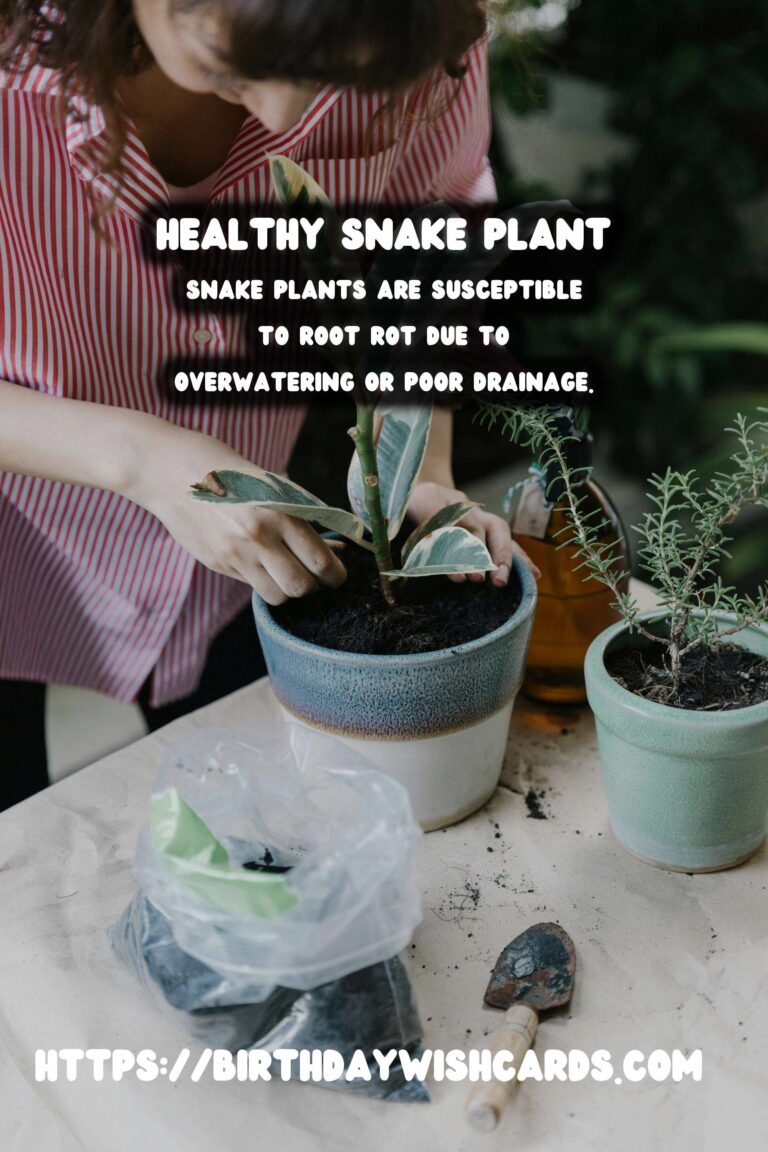
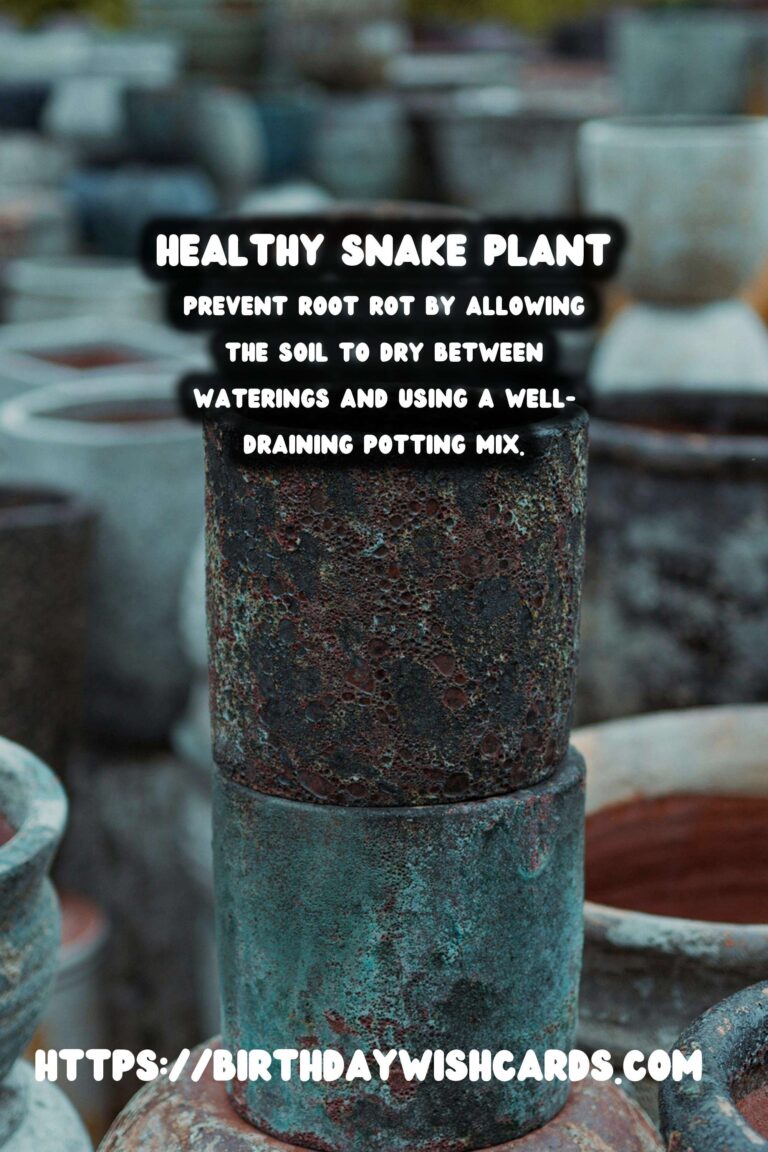
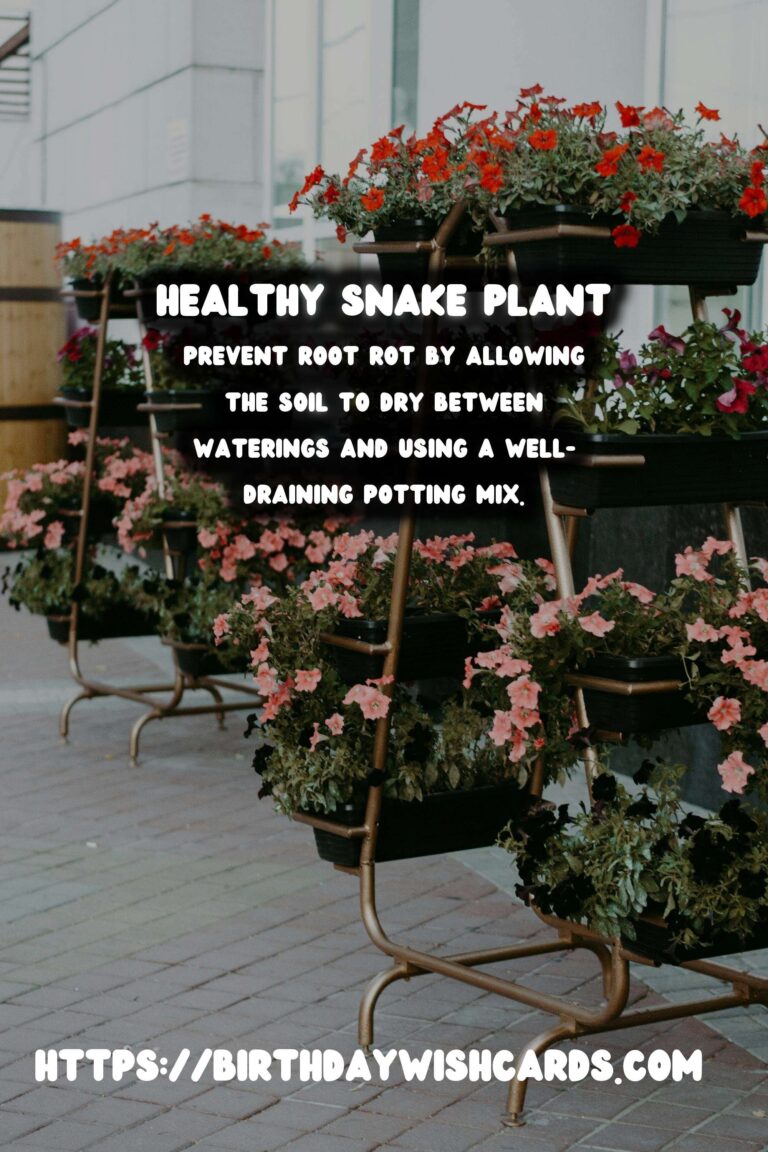
#SnakePlants #RootRot #PlantCare #GardeningTips #Houseplants




